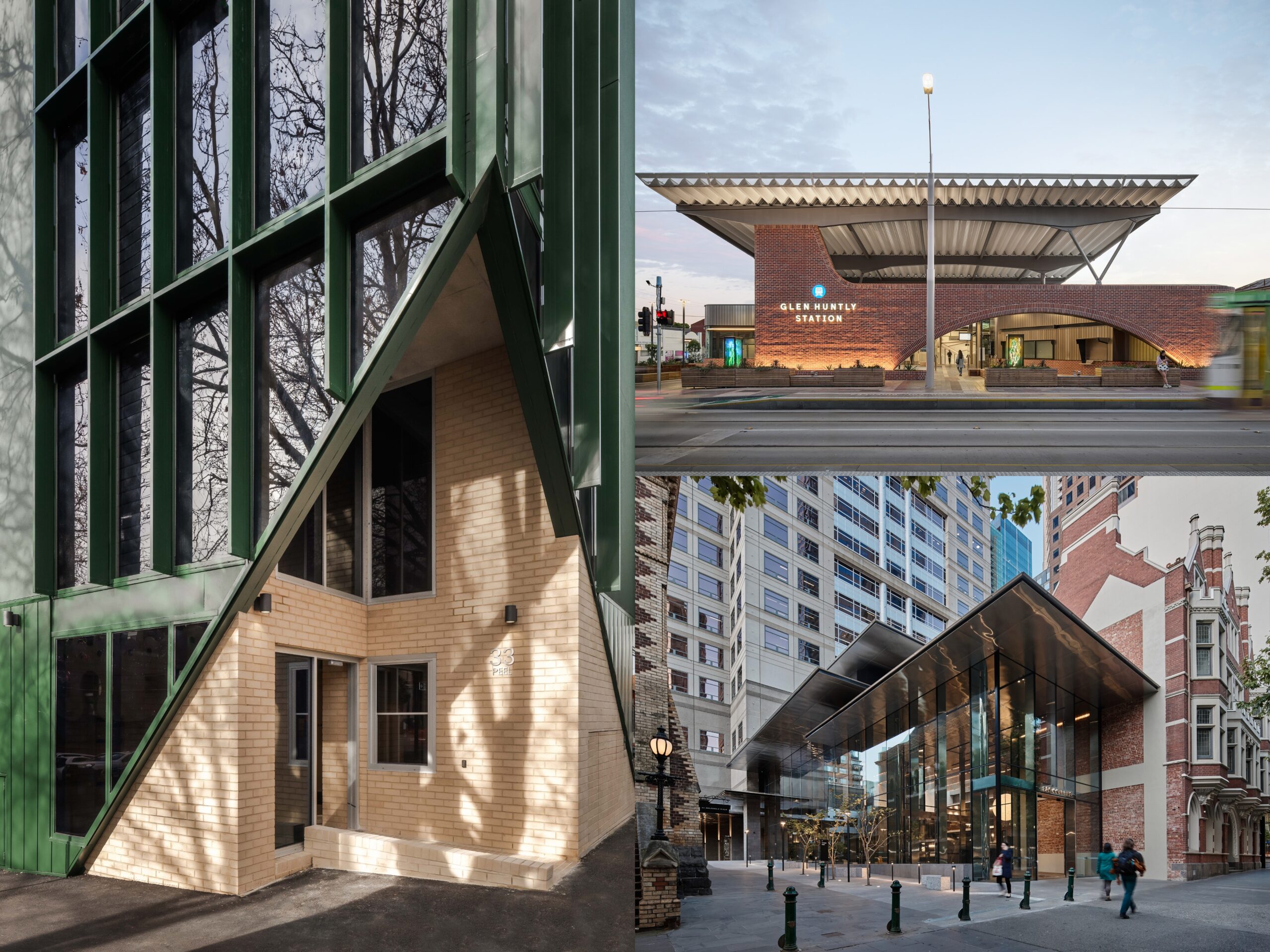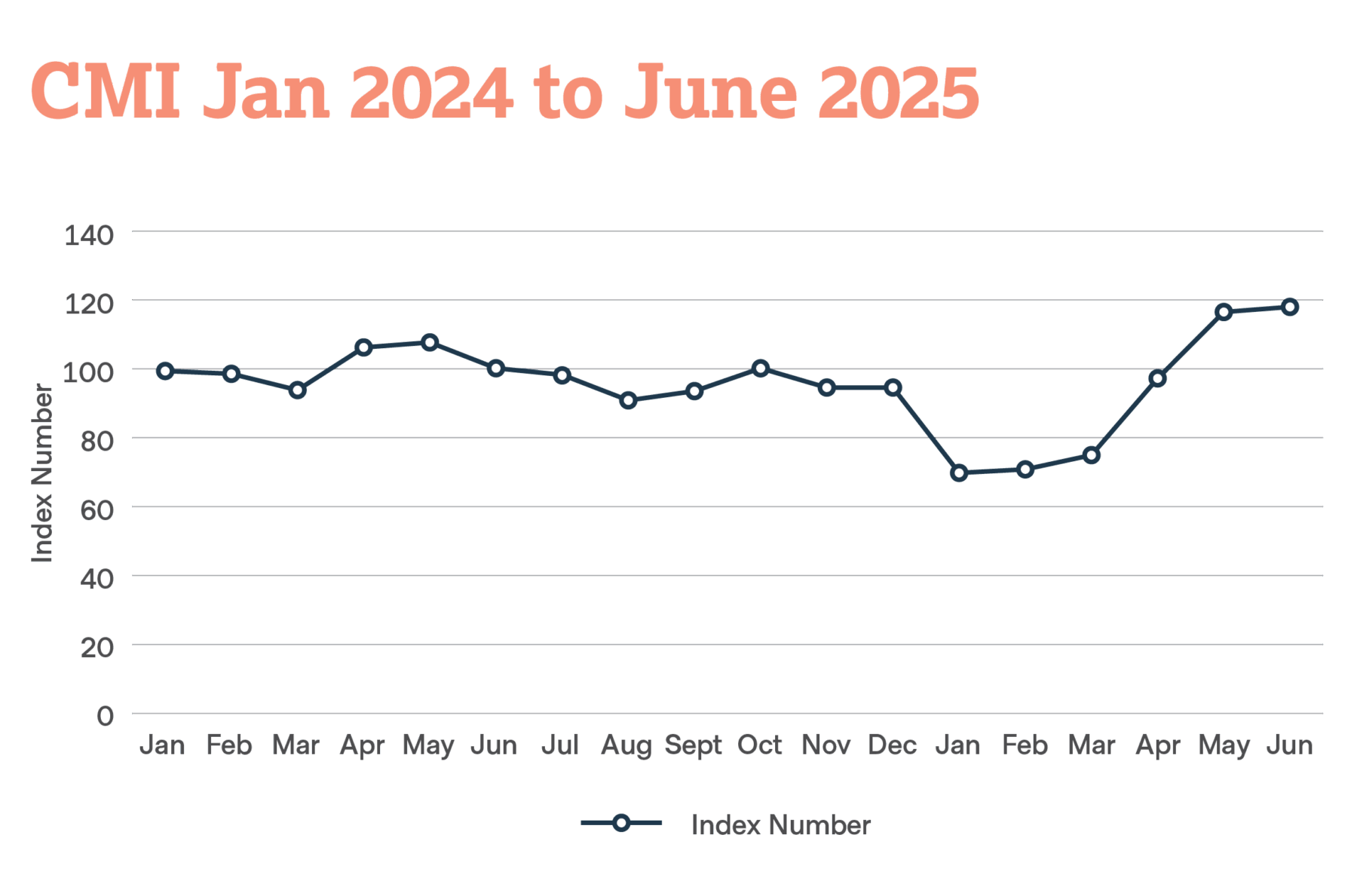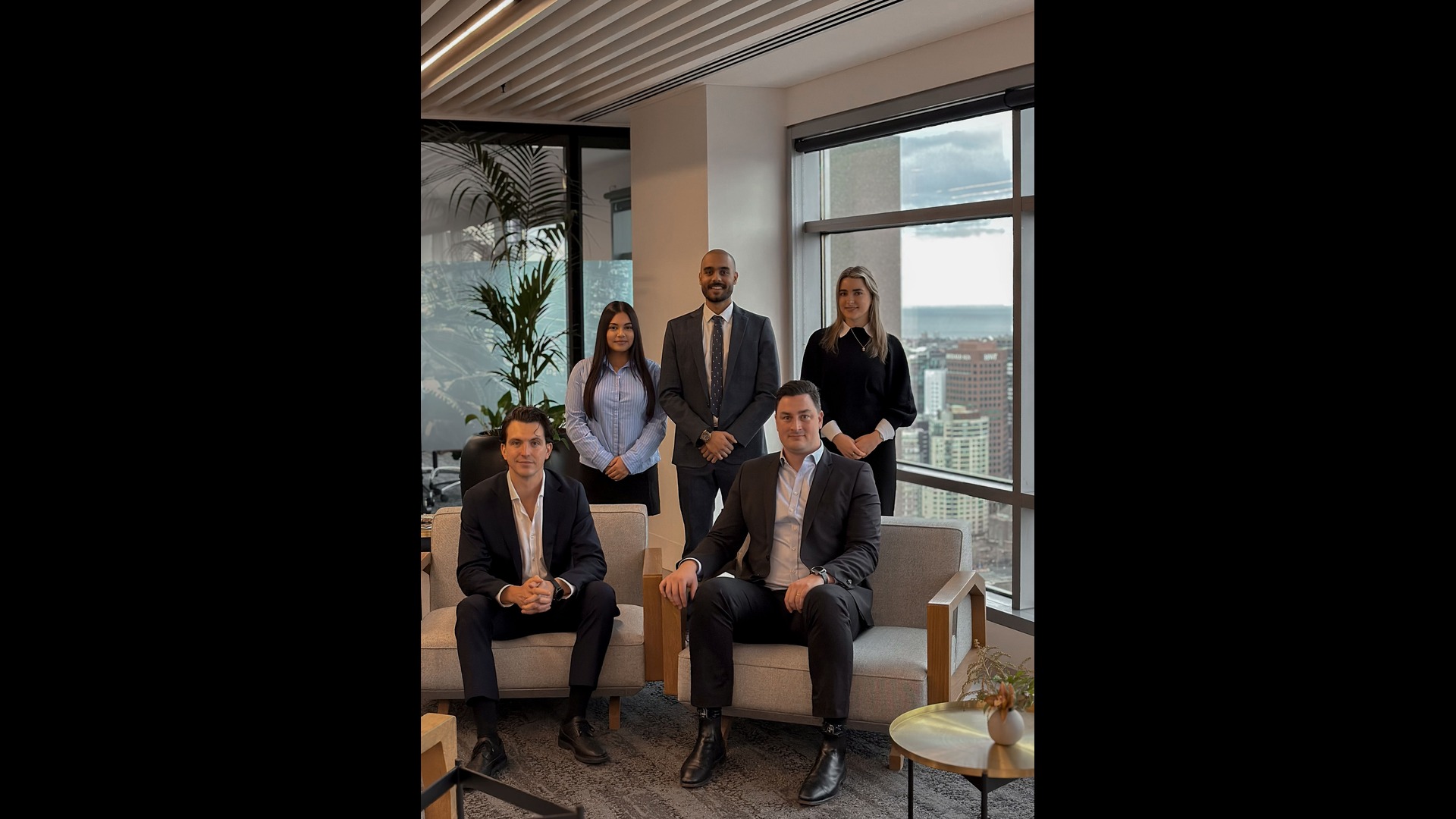
The Melbourne CBD’s return to its vibrant, bustling best is on the horizon and being supported by the city’s resilient property market, according to Colliers.
John Marasco, Colliers State Chief Executive, Victoria, said the coming weeks represented a crucial period in the transition back to the Melbourne CBD known around the world for its energy and enviable liveability.
“CBD landlords are already well underway with plans for the return of their workforce, which will include any preparations that need to be made on an individual building-by-building basis,” Mr Marasco said. “And whilst our office buildings are undoubtedly integral to the return of a healthy CBD, there are some key drivers in different precincts around the CBD that we will also be watching with interest to herald and support the return of workers – and foot traffic in general – to the city.
“In the northern part of the Melbourne CBD, the return of universities and international students will provide a much-needed boost for the student accommodation market and surrounding retail. This is a vital piece of the puzzle in the regeneration of the city.
“In the centre of the CBD, we are anticipating strong support for the return of a thriving retail precinct in high traffic strips such as Bourke Street Mall and Flinders Lane as 2022 kicks up a gear. The City of Melbourne is doing a significant amount of work to ensure the safe and successful reopening of the vibrant food and beverage hospitality outlets that Melbourne is known for, which will assist in drawing more foot traffic back into the heart of the city.
“The return of theatre and entertainment has also been crucial in bringing more life and activity into the city, whilst in in the south-eastern section of the CBD, we are thrilled to see the return of sport and entertainment, around the MCG and tennis centre. All of which will help to drive the recovery of the city’s hotel sector.
“A final factor will be transport, particularly Flinders Street and Southern Cross Stations, in delivering more people into the city. As people are encouraged back onto public transport, by whichever means are adopted, we hope to see a direct increase in people coming back into the city.
“These are the key factors that are at play, which will help reinvigorate the Melbourne CBD and encourage people to return to their offices.”
Below, Colliers leading property experts across the influential office, retail, hotels and residential markets share their views on the outlook for the Melbourne CBD in 2022.
Office Leasing
Colliers’ Office Leasing team in the Melbourne CBD had already commenced 25-plus new negotiations between mid-January and the first week of February, with fitted space under 1,000sqm in high demand in a significant flight to quality.
Andrew Beasley, Colliers’ National Director of Office Leasing, said the latest vacancy rate for the Melbourne CBD of 11.9% was expected to be the peak of the current cycle, before a predicted decline in vacancy over 2022 – albeit dependent on more normalised and stable market conditions for the balance of the year and into 2023.
“We saw some solid leasing activity within the last three months of 2021 and expect that demand will return after most Melbournians have returned to work after having most of January off,” Mr Beasley said. “The strong leasing activity in the Sydney CBD in the last three months of 2021 is also a good indication that the Melbourne CBD should see some solid activity this year and start to put downward pressure on vacancy and a reduction in incentives.
“Obviously, COVID is still causing uncertainty. It appears that sublease vacancy has peaked and we haven’t seen any large tranches of sublease space enter the market. That said, there has been some good activity in the sublease market and we expect that some of this will also be withdrawn over the coming months as people start to return to the office in greater numbers.
“Whilst we have a large overall vacancy rate in the Melbourne CBD, we only have two new developments in the pipeline – being 555 Collins Street (2023 completion) and MQT (2024 completion) – if activity returns to normalised levels we may in fact have an undersupply as the majority of major developments will not be delivered until 2026, assuming they obtain pre-commitment this year.
“We are seeing most major organisations reducing their overall footprint, in particular the major banks have been disposing of space at a rapid rate, particularly those headquartered in Melbourne. We believe it is a little too early to say that there is a definitive trend on how people will occupy space moving forward.
“I think we all agree that most companies will adopt some form of flexible work, however what this means for overall demand is yet to play out. The main reason for this in Melbourne is that we really haven’t had the opportunity to return to the office properly in the past two years due to ongoing restrictions and mask requirements, which is a significant detractor for some people returning to offices.
“We hope to move through the current phase and avoid further lockdowns, and once the indoor mask mandate is removed we believe that we will see solid return to the office. If we look at the development market, projects will need to be focussed on greater service and amenity offering to ensure they are creating dynamic workplaces that make people want to return to the office.
“We hope Melbournians can see that the reason we have been voted the most liveable city on multiple occasions is because of our wonderful CBD and the culture it provides through cafes, restaurants and the arts. If we don’t return to the office and support these businesses, we are threatening the very ethos that makes Melbourne great.”
Retail
While the CBD retail sector was undoubtedly hit hard by lockdowns across 2020-2021, Colliers Retail Leasing experts Adam Lester and Jennifer Tai are seeing strong signs of recovery early in 2022.
“We have been fielding a significant amount of interest and enquiry for retail space in the city, there hasn’t been a lack of demand as such,” Mr Lester said. “Prime CBD locations are still generating high levels of interest and demand is being driven by food and beverage and national retailers in general.”
Ms Tai said current leasing campaigns in CBD hot spots such as the Queen Victoria Market and University of Melbourne redevelopments have been highly successful despite pandemic-related disruptions.
“We only have four remaining vacancies at The University of Melbourne’s New Student Precinct and this is despite the uncertainty around the return of international students,” Ms Tai said. “The Munro Development at Queen Victoria Market has only one tenancy remaining in Stage One of the project.
“Key retailers and the bigger players in the market are using this year, and the past six months, to really invest in their future store footprints. Properties with a point of difference and a larger footprint are leasing particularly well.”
Mr Lester said large leasing deals such as Mecca taking 3000sqm at the existing David Jones menswear store on Bourke Street Mall; Swarovski relocating to Collins Street; and Seagrass Hospitality doubling its footprint in Southbank, pointed to the demand still being seen for city retail space.
“We have tenants on Collins Street, Bourke Street and other prime retail areas relocating nearby to increase their footprint,” he said. “So it’s not so much new operators entering the market, it’s existing operators utilising current market opportunities to grow their presence in the CBD, many of them in the fashion, accessories and beauty sectors and also a lot of food and beverage operators.
“They’re using this time to establish themselves for the return of customer traffic and we are seeing a wide introduction of exciting new concepts that will change the way people experience Melbourne’s best retail. There is an opportunity here that did not exist pre-pandemic.”
Investment
The Melbourne CBD market defied countless challenges in 2021 as the distinct imbalance in demand versus supply drove highly competitive results.
“The market continued to restore its balance as deal activity bounced back in 2021,” Daniel Wolman, Colliers’ Head of Investment Services in Victoria, said. “There were a total of 13 transactions in the $20-$150million space in 2021, a significant rise of 86% in comparison to 2020. This represents a total transaction volume in excess of $615million for 2021.
“Due to the very limited number of opportunities in 2020, there was an instatiable level of unsatisfied capital and pent-up buy-side demand looking to invest in a performing market. With a larger pool of buyers competing for assets, the market raised a new benchmark for capital values and returns.
“Earmarked as a safe haven investment destination due to its proven stability and positive market performance, the Melbourne CBD continued to attract both local and offshore capital. This very strong result has created significant momentum and upheld confidence in the marketplace which we expect will positively influence market trends and deal activity in 2022.”
2021 also marked the biggest year ever recorded in the Melbourne CBD strata office market, with more than $128million in sales across 54 properties.
“Strata office has proven to be one of the most resilient and sought-after asset classes,” Anthony Kirwan, Colliers’ Associate Director of Melbourne City Sales, said. “We have continued to see proactive decision-making leading to increased transactional activity as businesses have upsized, downsized and reestablished a CBD presence.
“Many businesses are opting to own their office as servicing a mortgage has become more affordable than renting. 80% of buyers in 2021 were owner-occupiers, with the remaining 20% being investors.
“Several Melbourne CBD east end transactions have driven the average building rate to new heights, while numerous strata projects under construction in the CBD and city fringe are set to widen the gap between primary and secondary strta offie assets.”
Hotels
According to Colliers’ Head of Hotels, Gus Moors, this sector will form a major part of the recovery of the city.
“We will beging to invite domestic and international tourists back to celebrate Melbourne’s world class events calendar, and welcome increased corporate demand, as the city recovers and expands,” Mr Moors said.
“There are also a number of new and exciting hotel openings, which will refresh the hotel offering in the Melbourne CBD after many years of limited new supply.
“A number of luxury projects including Shangri-la, Ritz Carlton, W and Hilton will create new reasons for people to come and experience all that Melbourne has to offer.”
Residential
In the residential sector, 2022 will be a year of further consolidation with reinforcement of the market’s fundamentals across the established sector that will underpin future new projects.
“Recovery has already well and truly started through late 2021, with vacancies already falling and rents ticking up as the benefits of CBD living and initiatives from the City of Melbourne and State Government are restoring vitality and attracting residents back to the city,” Tim Storey, Colliers Residential Victoria, Managing Director, said. “We believe there is a growing realisation again that the CBD apartment market represents a great value proposition given its underlying strength as the primary economic node for Melbourne.”
Mr Storey said the reopening of international borders would further escalate activity.
“We are already beginning to see improvements in sentiment from international buyers through 2021 and into 2022, although the absence of new off-the-plan stock is limiting transaction activity so far,” he said. “ The anticipation of borders re-opening has underpinned enquiry which will be further supported by increasing numbers of international students, tourists and workers as they will reinforce rental demand and reinvigorate city streets.
“Through the new Collection by Colliers showroom in Shanghai we are continuing to see strong enquiry about opportunities for investment into the Australian real estate market, with CBD locations in the major capital cities still the most highly preferred destination.”
Mr Storey said the impending completion of several major residential projects would put the spotlight on CBD living.
“We will soon see the completion of landmark projects sold off-the-plan by Colliers such as 17 Spring Street by Cbus, Aspire by ICD and Sapphire by SP Setia,” he said.
“These buildings will drive focus back to the benefits of CBD living as they will offer higher quality accommodation and new-generation resident amenities to both new and returning residents seeking the unique vibrant lifestyle only available in a true CBD location.”



